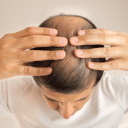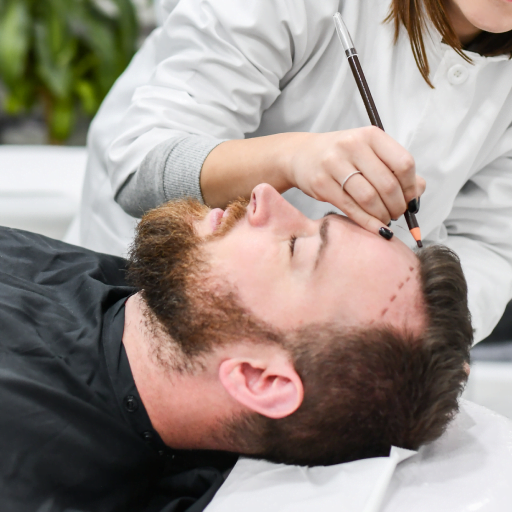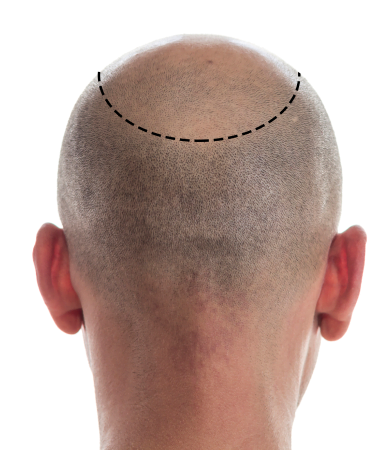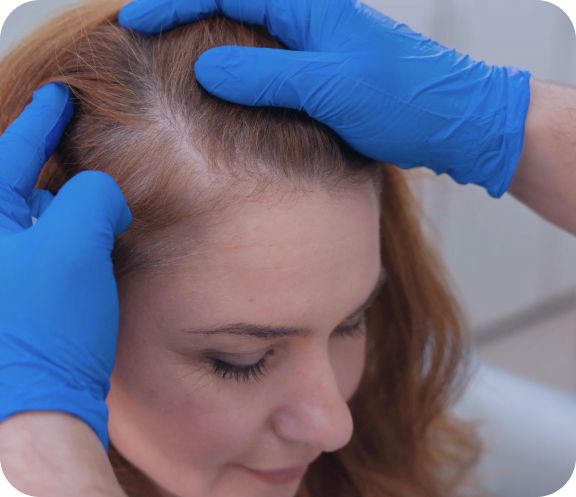FUT Hair Transplant – Follicular Unit Transplantation
Are you seeking a more permanent solution to your thinning hair, bald spots, and receding hairline? Think about a Follicular Unit Transplantation (FUT hair transplant) procedure with The Hair Transplant Center – Dallas.
Hair transplants can provide a solution for individuals who are experiencing thinning, balding, and a receding hairline due to aging, genetics, underlying medical conditions, or trauma to the scalp. Many people who experience hair loss issues opt for a hair transplant to look good and feel good about themselves.
Hair transplants are designed to restore hair to areas of the scalp with limited or absent growth. To achieve long-term results, you may need follow-up hair replacement procedures combined with nonsurgical hair loss treatments such as oral finasteride, topical minoxidil, vitamins, and other supplements. Unlike nonsurgical options that include wigs or hair plugs, hair transplants yield permanent, natural-looking hair that doesn’t require continually progressive maintenance.
At The Hair Transplant Center – Dallas, our team of experts offers Follicular Unit Transplantation (FUT) techniques as a clinical-based hair transplant procedure to restore your receding hairline.



